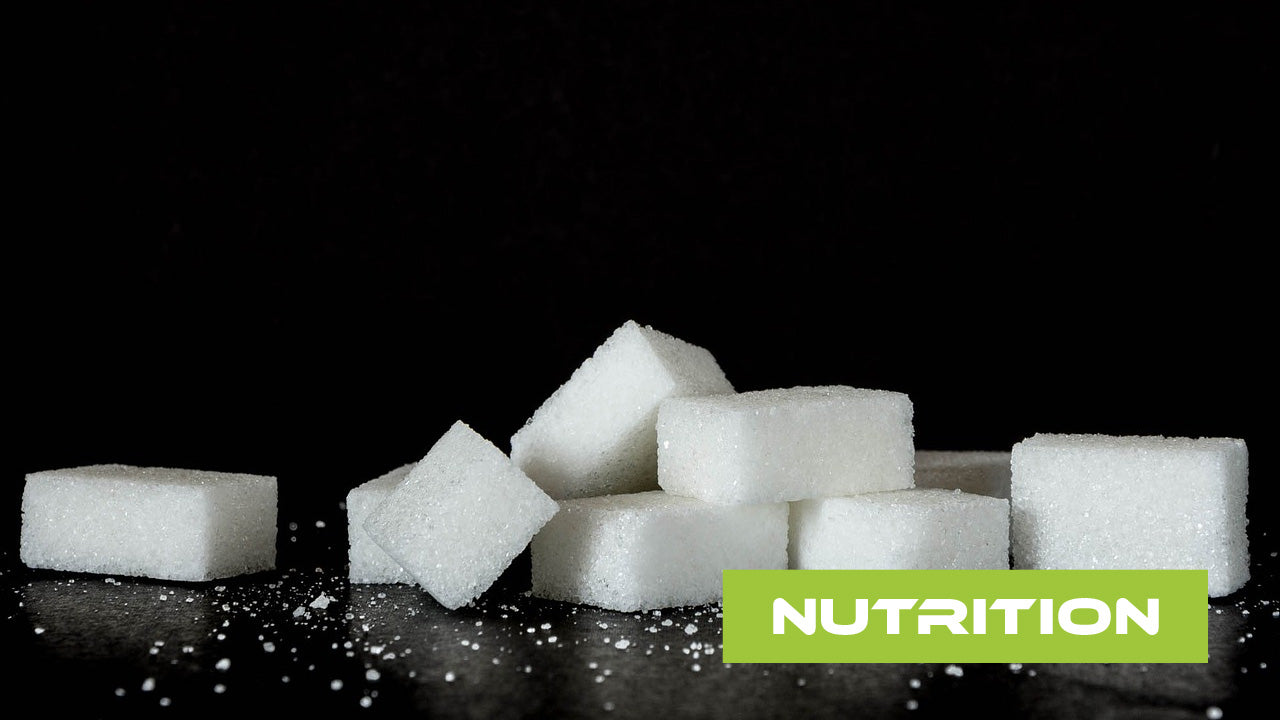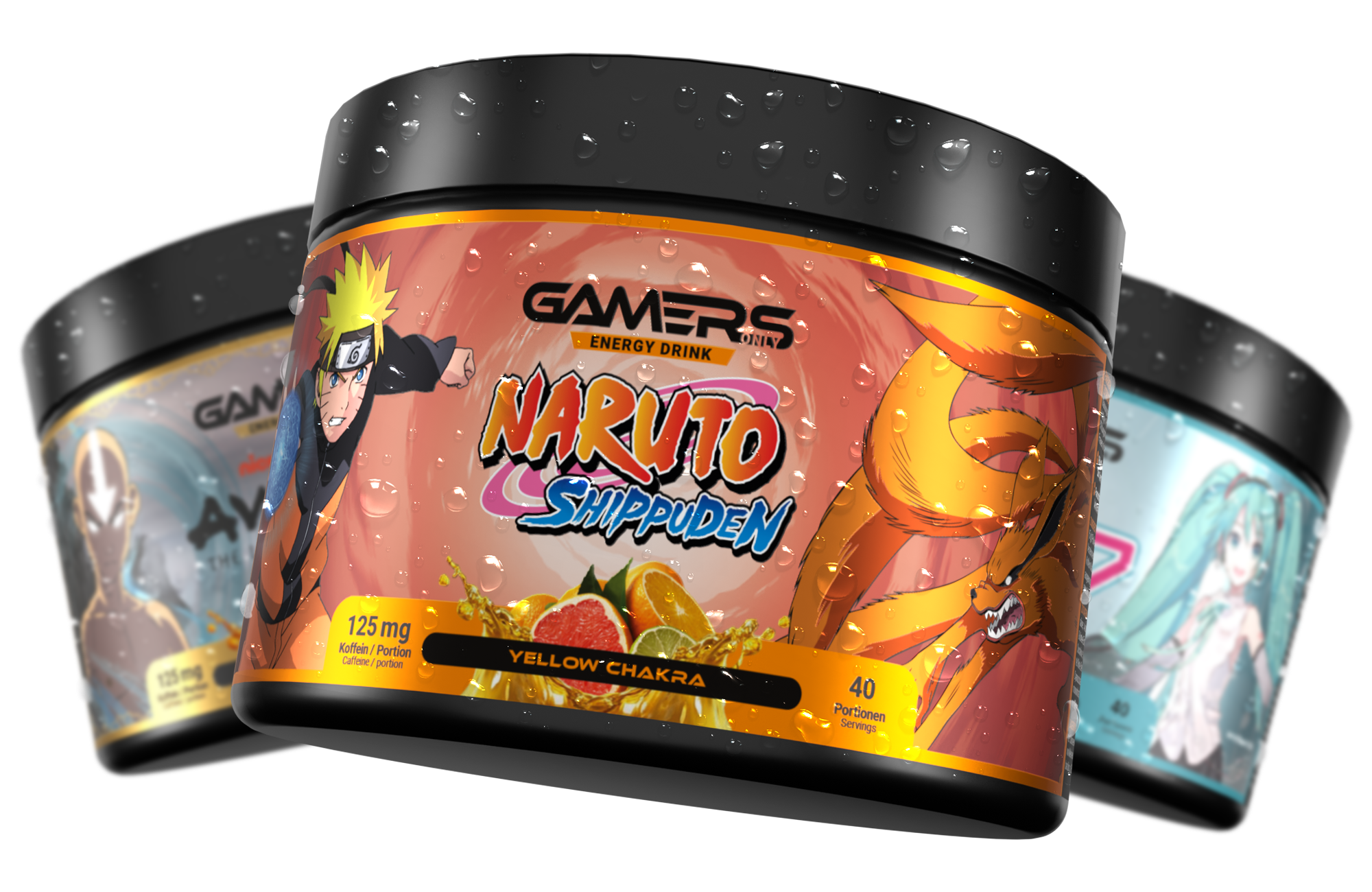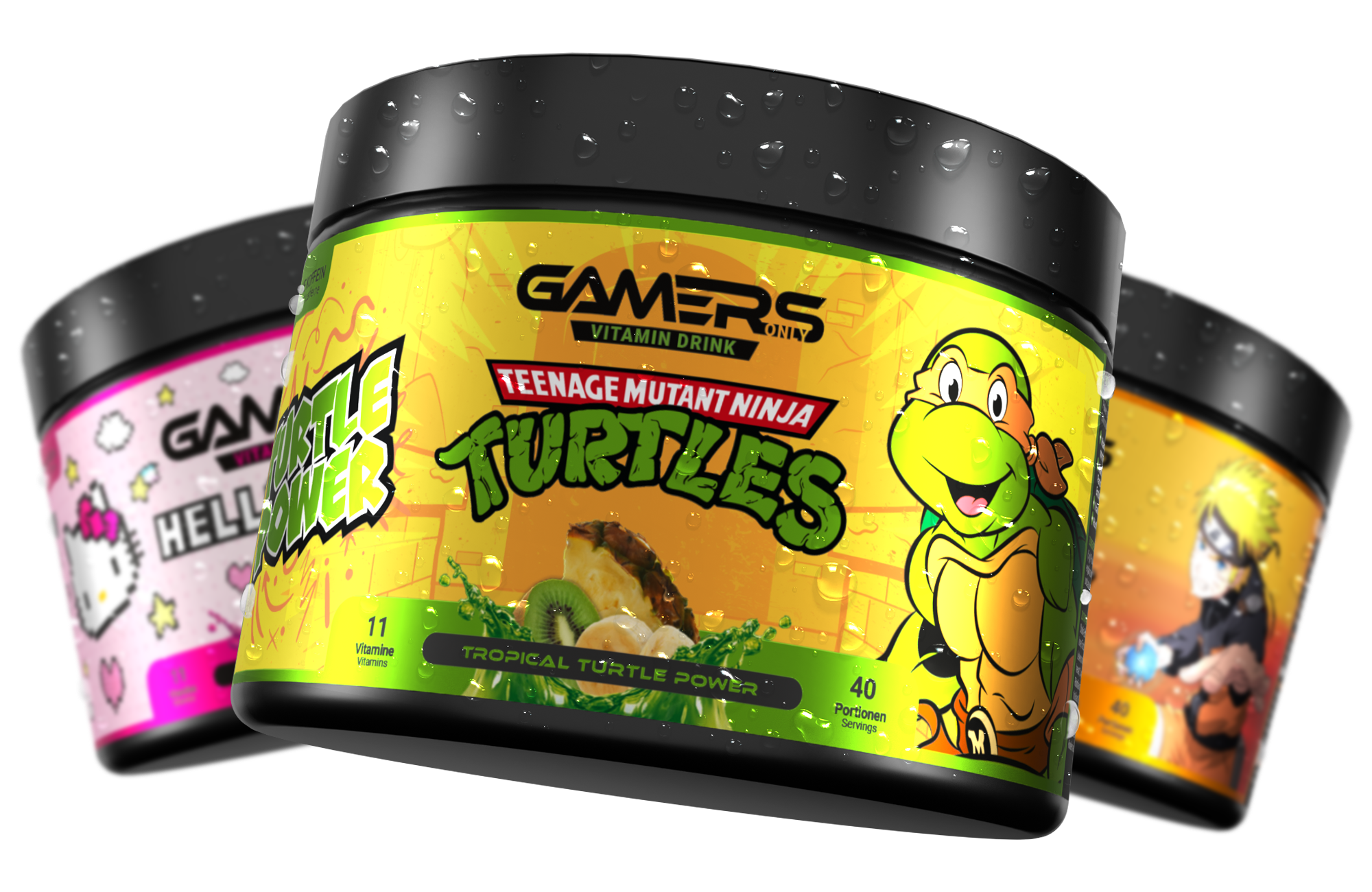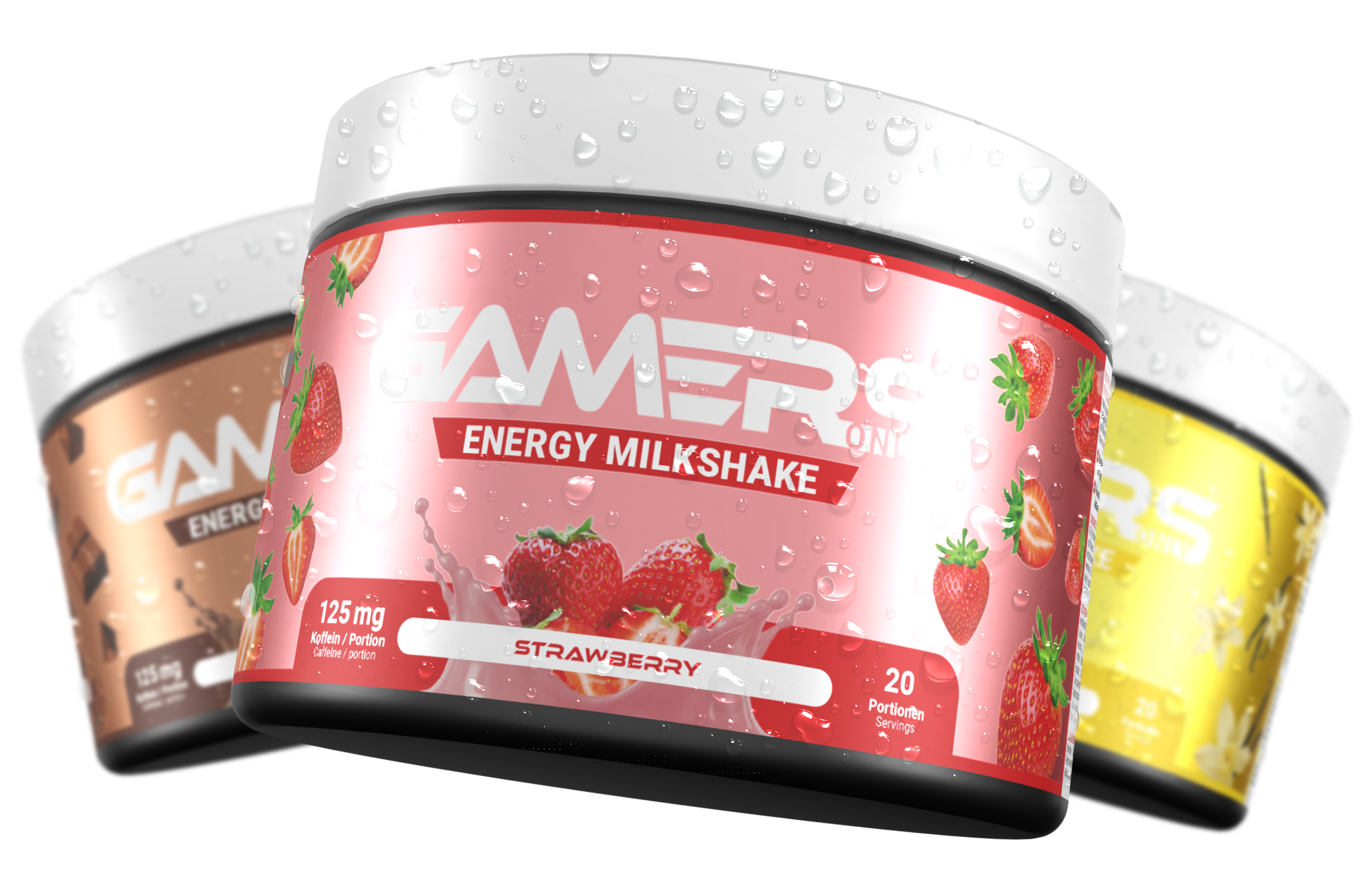
You hear it all the time: too much sugar is unhealthy, promotes tooth decay and makes you fat. So it's clear that you should avoid sugar in your diet as much as possible. It is also clear that sugar is mainly found in cakes, ice cream and sweets. However, sugar is also hidden in many foods that you would not expect at first glance. Find out what these are and how you can avoid falling into the sugar trap!
How unhealthy is sugar really?
Sugar is used by the body for energy production. However, sugar, especially if it is in a simple form such as sweets, can cause the blood sugar level to rise quickly. But it also drops again just as quickly. The result? Cravings!
Sugar is especially harmful in excess. Too much sugar cannot be directly utilised by the body and is therefore converted and stored in the form of fat. Many secondary diseases are linked to the resulting overweight.
That's how easy it is to exceed your needs!
The German Nutrition Society (DGE) specifies 50 g of sugar per day as the maximum limit to keep possible health risks as low as possible. This limit refers to free or added sugar and not, for example, that from natural sources such as fruit and vegetables. In general, the total sugar intake should not exceed 10 % of the daily calorie requirement.
However, the reality in Germany is different: While the average sugar intake for women is about 14 %, for men it is about 13 % and for children and adolescents even about 17.5 %.
Hidden sugar traps
This is also due to the fact that sugar is found in many foods. Fruit, cereals and dairy products naturally contain sugar. But that doesn't make them bad per se! Fruit, wholemeal and dairy products often contain important vitamins, minerals and trace elements and should not be missing from a balanced diet. However, many foods also contain added sugar, which can quickly cause you to exceed your daily requirement.

Sweet drinks as the number one sugar trap
They not only taste good, but are also quickly drunk in passing. We are talking about sodas, iced teas, juices and the like. The example of cola shows how quickly you can exceed your needs. 100 ml of cola contains about 10.5 g of sugar - so with just one large glass of cola you easily exceed the recommended maximum limit of 50 g of added sugar per day! If pure water is too boring for you, zero drinks such as vitamin drinks or performance drinks are a good alternative without sugar and calories.
Be careful with smoothies, too. These supposedly healthy vitamin bombs often contain additional sugar. They also contribute far less to your satiety than if you were to eat the apple, banana and orange as they are and not drink them in pureed form.
Healthy breakfast with cornflakes, muesli (bars), fruit yoghurt & Co.
Marketed as a healthy breakfast, in reality most cornflakes, crispy mueslis and muesli bars contain large amounts of added sugar. In a classic crunchy muesli, sugar is often already the second ingredient, so that it makes up about a quarter of the entire muesli. Especially as the first meal of the day, this is fatal, as the blood sugar level is spiked first thing in the morning and you are accompanied by cravings for the rest of the day. Such muesli is at best suitable as a dessert, but not as a wholesome or even healthy breakfast. So it's better to make your own muesli from oatmeal and nuts.
An average fruit yoghurt contains about 13 g of sugar, which is more than 100 ml of cola. With a small cup of fruit yoghurt, you are already consuming more than 10 sugar cubes! The alternative? Natural yoghurt with fresh fruit!
Sauces & dressings quickly turn your food into a calorie bomb
"Just a healthy salad" quickly becomes a real calorie bomb when the sugary and fatty dressing is added. Dressings such as cocktail dressings often contain about 10 % added sugar. The popular balsamic creamfor tomato-mozzarella salads even consists of 25 - 50 % sugar!
You should also be careful when choosing sauces for the barbecue season. Added sugar of 20 - 30 g per 100 grams of sauce is not uncommon in ketchup, curry ketchup and barbecue sauce.

Watch out for non-perishable fruit and vegetables
You think you eat only healthy fruit or vegetables, but often appearances are deceptive. For example, applesauce is not always applesauce. The amount of added sugar varies greatly depending on the product. The amount of added sugar in cherries, pineapples and the like from the jar also varies greatly. The situation is similar for vegetables such as red cabbage, gherkins or canned corn.
And what about fruit and vegetables from the freezer? In principle, frozen fruit and vegetables are often the better choice, as more vitamins are preserved when they are shock-frozen fresh from the harvest than when they are fresh and stored for days or weeks. When shopping in the frozen food section, just make sure that it really is a pure fruit or vegetable mix and that no sauces or extra sugar have been added.
Last but not least, there is dried fruit. Due to the removal of water, these already contain per se much more sugar per 100 g than the fresh product. For comparison: a fresh apple contains about 10 g of sugar per 100 g, dried apple pieces consist of more than 50 % sugar without added sugar.
Ready meals & light products - often not so light at all
It is worth taking a closer look at light products. In order to save calories, fat is often reduced, but the sugar content is left untouched or even increased. Instead of fat, sugar is supposed to act as a flavour carrier. However, light products are not bad per se and are often a good alternative to the original product, but you must pay particular attention to the ingredients and nutritional values.
Ready meals, on the other hand, should generally be avoided, as they usually contain added sugar and fat. Ready meals with good ingredients and a balanced nutrient profile tend to be the exception.
Alternatives are not always an alternative
What about honey, agave syrup, maple syrup, coconut blossom sugar & Co. Alternative sweeteners have received increased attention, especially in recent years. However, on closer inspection, the supposedly healthier alternatives turn out to be not really better than ordinary household sugar. Although they often have slightly fewer calories and a few more nutrients, these would only be relevant if they were consumed in large quantities and therefore not recommended. For the body, sugar remains sugar in the end, regardless of the source.

TL;DR: These 6 sugar traps you should know about
-
Excess sugar is bad for your health.
-
The maximum recommended limit for added sugar is 50 g per day.
-
You already exceed this value with a large glass of cola.
-
Added sugar is hidden in many supposedly healthy foods such as juices, muesli, sauces or light products.
-
Zero sugar drinks are an alternative to sugary sodas & co.
If you want to learn more about sweeteners, you can now read on directly in our article Are sweeteners really unhealthy?








